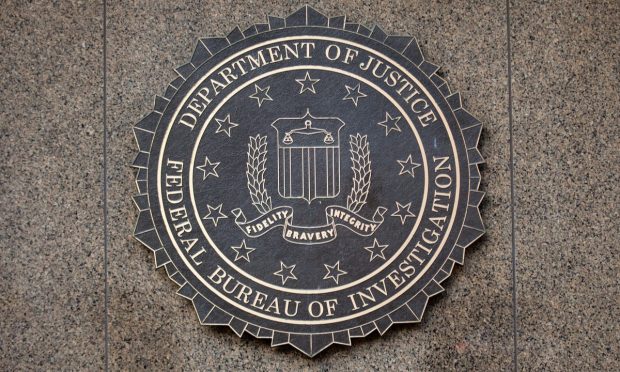FBI’s New Virtual Assets Unit Part of Coordinated Approach to Crypto Crime

The FBI on Tuesday (March 15) announced the creation of a new Virtual Assets Unit to centralize its response to the sprawling field of crypto-based crime, which ranges from national security threats and the economic chaos posed by ransomware to its use as a criminal currency for illicit industries like narcotics and human trafficking, as well as crimes within the cryptocurrency industry like Ponzi schemes and tax evasion.
The development of the Virtual Assets Unit, or VAU, represents “the FBI’s strategic plan to address the growing need for virtual asset expertise in the law enforcement and intelligence communities,” the agency said in a news release. “The VAU will allow the FBI to continue to aggressively track the movement of illicit funds, attribute criminal actors, and disrupt illegal activity.”
See also: PYMNTS Crypto Crime Series: In India Hacking Case, Bitcoin Trail Leads to Hamas
The VAU is intended to be “a nerve center for the FBI’s virtual currency programs where intelligence, technology, and operational support will flow to other divisions.”
A Bigger Picture
In a way, the March 15 timing is perfect, coming just days after President Joe Biden’s executive order aimed at Ensuring Responsible Development of Digital Assets.
Read more: Biden’s Executive Order Set to Fast-Track Crypto Policy
The VAU is in many ways a microcosm of that much broader order, which seeks to establish a single, government-wide policy, bringing order to the government’s chaotic and at times contradictory response to regulating crypto.
Biden’s order described a “whole-of-government approach to addressing the risks and harnessing the potential benefits of digital assets and their underlying technology.”
DoJ Doubles Down
The VAU is part of a broader push by the Department of Justice (DOJ) to “out-innovate a constantly evolving cyber threat,” Deputy Attorney General Lisa Monaco said at the Munich Cyber Security Conference on Feb. 17.
That was just a week after the DOJ announced its largest-ever asset seizure, Monaco said, pointing to the $3.6 billion recovered from the 2016 hack of the Bitfinex cryptocurrency exchange.
See: Two New Yorkers Arrested for Alleged Conspiracy to Launder $4.5B in Hacked Crypto
In that speech, she announced the formation of the VAU, saying it would “combine cryptocurrency experts into one nerve center that can provide equipment, blockchain analysis, virtual asset seizure and training to the rest of the FBI.”
It is part of what she called a broader expansion of the DOJ’s investigative and deterrent capabilities in the virtual asset field.
That included that 2021 formations of the Ransomware and Digital Extortion Task Force and its National Cryptocurrency Enforcement Team (NCET), a prosecutor task force that has “expertise in money laundering, computer crimes, forfeiture and regulatory policy to go after those who abuse cryptocurrency to commit crime,” she said.
Beyond that, the DOJ is stepping up international cooperation, she said announcing the creation of an International Virtual Currency Initiative that will “combat the abuse of virtual currency” by creating “more joint, international law enforcement operations — more eyes from multiple law enforcement agencies around the world — to track money through the blockchain.
That included the appointment of a Cyber Operations International Liaison responsible for working “with U.S. prosecutors and European partners to up the tempo of international operations against top-tier cyber actors.”
Monaco added that the DOJ’s approach will now have a prevention-first approach, prioritizing stopping new attacks over prosecuting old ones.
At each stage of a crypto-crime investigation, prosecutors, agents and analysts will assess “whether to use disruptive actions against cyber threats, even if they might otherwise tip the cybercriminals off and jeopardize the potential for charges and arrests,” she said.
